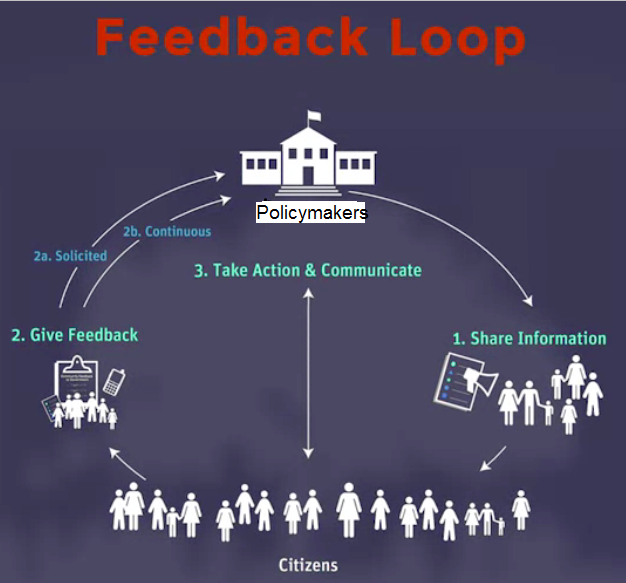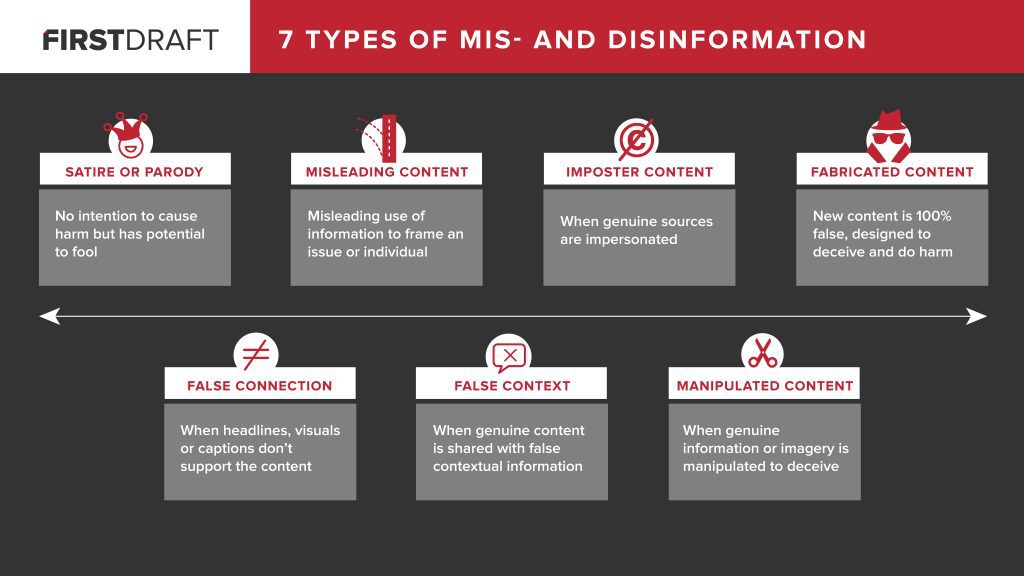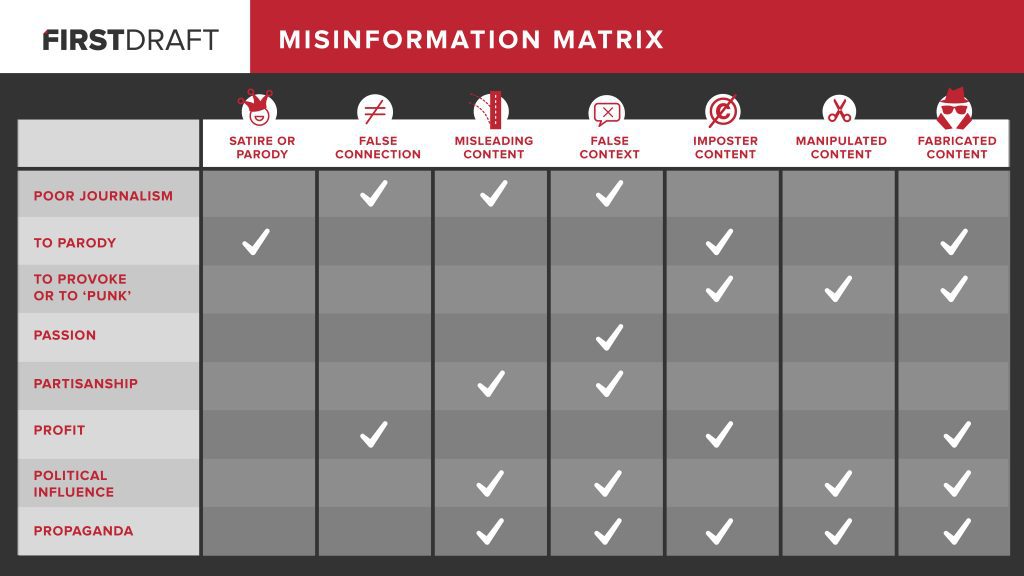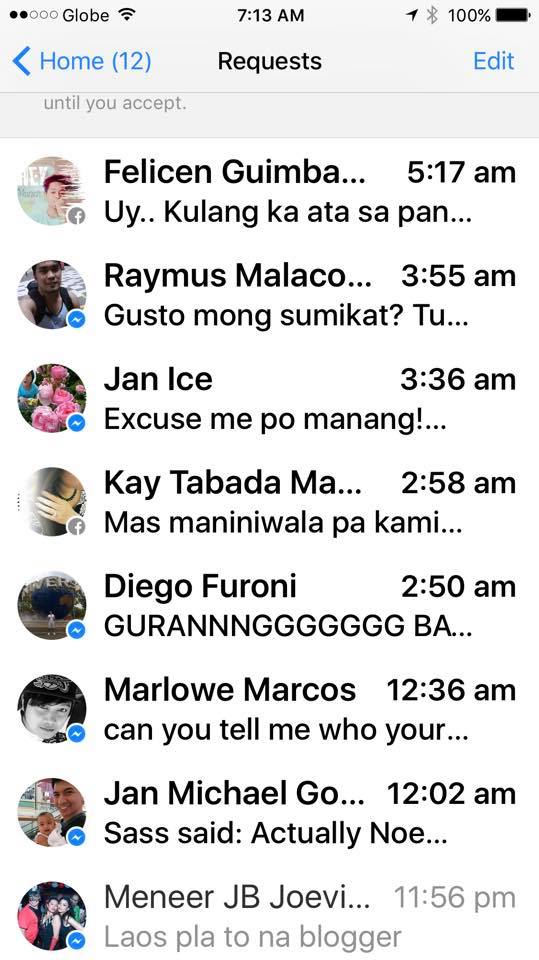The Duterte era is really here and it’s difficult not to notice the changes. Obviously, many of these changes have been highly contentious, particularly when it comes to the the drug war, which has already claimed more than 6,000 lives. The way the president treats the media is also notably different—unfavorably different for the media in particular.
Still, it is incumbent on the media to contribute to the success of this seemingly unstoppable war. The human rights violations and extrajudicial means used in the so-called war against drugs are already there. They have already tainted the country’s reputation and are even cited as the reasons for the decision of the Millennium Development Corporation to withhold its more than $400 million grant to the Philippines. However, these shouldn’t mean that the media has nothing left to do but to criticize the government. There are still a few things the media can do to help achieve some gains in the fight against drugs.
- Stop reporting drugs in their peso/dollar values.
It’s really puzzling why the media in the Philippines and in other parts of the world are reporting the amounts of confiscated drugs in their pecuniary equivalent. Why should news on TV, radio, and even online mention the peso, dollar, or whatever currency value of drugs? Why is there a need to say “P30 million worth of shabu” or “$11.6 million worth cocaine” when the amounts can be more accurately indicated by stating their weight?
Think about it. Which is easier: determining the so-called “market value” of the confiscated illegal substances or simply stating the weight? The latter, without a doubt, leads to more accurate reports and takes away the subliminal message that there are lots of cash to earn in the drug trade.
When media organizations report these millions of pesos of illegal drugs, they are only unnecessarily orienting everyone about the high value of illegal drugs. In turn, they become one of the factors that encourage desperate financially-deprived people to get involved in the narcotics trade. When media outfits do this “price reporting” of drugs, they end up educating younger people about drug prices first instead of foremostly informing them about the harms of narcotic substances. Drugs should be reported in newspapers, on TV and radio, and online based on their weight, not their price.
- Don’t make drug-related killings sound normal.
It’s important to highlight the killings and human rights violations without making them sound like an acceptable and inevitable daily happening. This may sound difficult to do but the media should do something to avoid treating murders committed in the name of the drug war appear just like regular news. They should always alarm everyone. Killings can’t be mere news advisories or bits of new information reported like a daily part of life in the Philippines. If possible, they should be treated like breaking news and if they are reported in the midst of commentary programs, especially on radio, commentators or program anchors should say something to highlight the fact that they are not ordinary and should continue to be a cause for concern for every Filipino. Also, TV and radio personalities should be banned from reporting drug-related killings with a dismissive smirk, derisive “tsk-ing,” and other unnecessary remarks and body language that tend to downplay the seriousness of extrajudicial killings.
It’s also necessary to instill in everyone’s mind that killings are not normal to amplify the fear killings are supposed to sow. The last thing the media can do is to make people “immune” to the fear of getting a death sentence without due process.
It helps highlighting the (hopefully) temporary nature of drug-related killings. They can be reported as part of something like an election coverage. TV stations, for instance, can flash some introductory sub-program graphics to highlight that what’s about to be reported is something related to the bloody drug war. Like an election coverage, hopefully the drug war will end soon with the drug menace finally overwhelmed or the government finally realizing that it has to use legal approaches that respect the human rights of all individuals.
- Avoid humanizing EJK victims who are clearly linked to drugs.
Unless what’s being reported is a clear case of collateral damage like the recent case of a six-year old shot dead in his sleep, it is the humble opinion of this writer that it would be better to avoid humanizing the victims of extrajudicial killings. Many are probably noticing that the President tends to gain more support the more those who have been killed are depicted as the poor and helpless who were deprived of due process. Observe an ordinary folk who watches news where a reporter mentions the pitiable situation of children who are now fatherless or left as orphans. You will likely notice that they are unaffected or they will argue that the alleged pusher (killed) only deserved to perish as he may have also brought suffering to more people who lost their loved ones as they became victims of drug-crazed criminals.
The media should not give the supporters and trolls of the Duterte drug war the opportunity to offer a somewhat sensible criticism. They offer an effective argument when they refuse to pity EJK victims who may have brought about suffering to others through their drug peddling or the crime they committed under the influence of narcotics. Likewise, it’s important to take away from druggies and pushers the solace that they will get sympathy when they fall to extrajudicial killings.
This is not to say that the stories of those who died don’t matter and that the presumption of innocence should be abandoned. For now, though, what’s more important is to convince the largely pro-Duterte-drug-war public that killing without due process is never a good implied policy. Instead of humanizing those who died in encounters with the police and those murdered by vigilantes or mercenaries, what needs to be done is to highlight the fact that abuses and mistakes can happen and everyone can become a victim. The emphasis should always be on following legal procedures and the dangers of tolerating vigilante killings conducted in the name of the war against drugs.
Instead of reporting on the misery and plight of the orphans of EJK victims, perhaps it would be better to focus on the fear the bloody drug war is sowing. This fear can be put to good use by convincing neighborhoods to cooperate in the apprehension of drug personalities in their respective areas. This fear can help discourage or repel those who have intentions of getting involved in the drug trade. Of course, this does not mean that the media has to play by Duterte’s playbook in using fear to address the drug problem. This is just to let whatever good fear can bring while working to convince the president that extrajudicial killings cannot solve the drug problem. Fear, somehow, can do something good so hopefully the media does not try to defeat the possible positive outcomes that fear delivers.
- Convince the president to pursue the drug war using the right information.
Lastly, it’s important to continue fighting for the truth. The media has to convince the president that the drug war is a serious endeavor. He should not infuse hyperboles, exaggerations, flip-flopping and jokes into it. Moreover, he needs to be working on the right data. Just recently, he once more claimed that there are 4 million drug addicts in the country and that these 4 million will “contaminate” another 10 million.
The President seriously needs to reexamine his facts. Better yet, he should reevaluate his ability to accept facts supplied by sources other than himself. How can the President proceed in doing things the right way when he appears to be starting with the wrong data?
What if the President is really sincere in his desire to fight drugs and is not really obsessed with killing people as critics would say (even though he once claimed to have purposely sought confrontations so he can have the opportunity to kill someone) and he’s just truly being desperate to deliver on his campaign promise? What if he’s genuinely seeking to completely end the drug menace but he’s just too consumed by the unbelievably overwhelming drug-related statistics? The media should do everything to convince him to rely on real and accurate data. The best way to do this is to convince the public to reject the president’s implied policy or support for extrajudicial killings by making people realize the evil realities behind all of it.
Just notice how the President in his speech to the Filipino community in Singapore acted proud and mighty when he claimed to have killed people after the crowd cheered him. It’s apparently his nature – he gets emboldened more and more as people express support for him. This is one of the few consistent things in him. He is empowered by popularity. During the earlier days of the presidential campaign, he acknowledged the surveys and submitted that he was not that winnable. He really believes in popularity so it’s important to let popularity surveys reflect the need to change the approach in the war on drugs.
Everybody has the misconception that media organizations should just remain neutral or be unaffected by any side in doing their duties. However, even those who have not pursued advanced studies in journalism should realize that being in the media industry does not automatically mean you have to refrain from contributing something to achieve a common good. The points discussed above are worth considering.
This post is supported by a writing grant from the Philippine Center for Investigative Journalism (PCIJ) .
The post 5 contributions from the media towards a sensible drug war appeared first on .

































